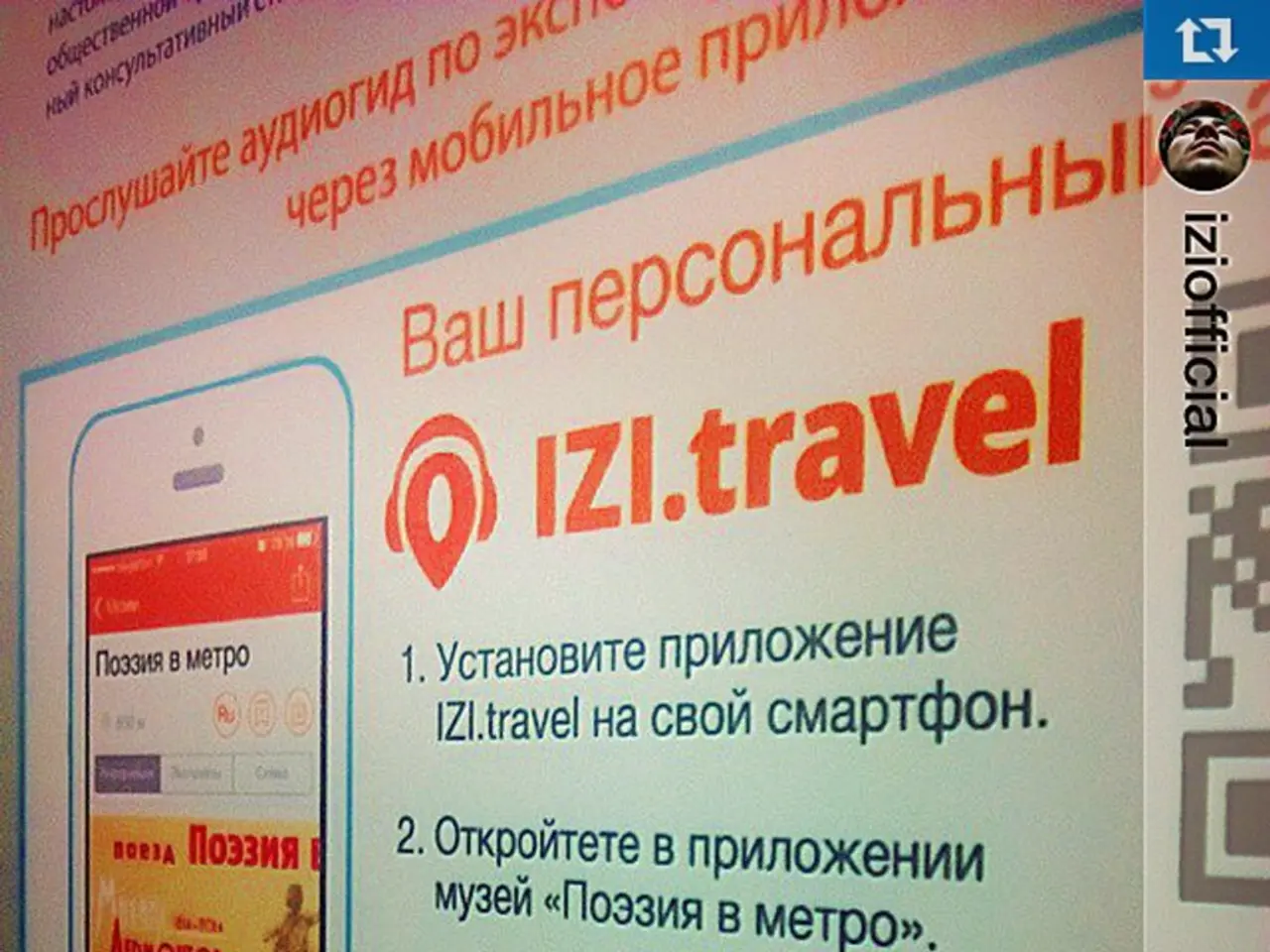Enhancing Supply Chain Insights: The Power of Improved Data Representation in Shaping Operational Choices!
In today's fast-paced business world, the ability to communicate complex data effectively is more important than ever. This is particularly true in the realm of supply chain management, where understanding and managing vast amounts of data can make the difference between success and failure.
The Benefits of Visual Storytelling
Visual storytelling offers a powerful solution to this challenge. By presenting supply chain data visually, businesses can convey complex information in a simplified manner, making it easier for stakeholders to understand and engage with the information. This clarity can lead to better collaboration among team members and partners, ultimately improving the overall efficiency of the supply chain.
Visual storytelling also enhances decision-making. By presenting data visually, businesses can identify trends, bottlenecks, and areas for improvement more effectively. This enables data-driven decision-making, which is crucial for optimizing supply chain operations.
Moreover, visual storytelling increases transparency. By visualizing supply chain processes, businesses can track activities in real or near-real-time, ensuring that all stakeholders have a clear overview of the supply chain's status at any given moment.
The Benefits of Structured Presentation Frameworks
Structured presentation frameworks further enhance the benefits of visual storytelling. These frameworks ensure that data is organized and easily accessible, reducing the time spent searching for specific information. This efficiency is vital in fast-paced supply chain environments where timely decisions are critical.
Structured frameworks also provide a consistent format for presenting data, which helps in maintaining clarity and reducing confusion among stakeholders. Consistency is key in maintaining a well-oiled supply chain. Furthermore, structured frameworks facilitate better communication among different departments and external partners by providing a common language and structure for data presentation. This improved collaboration can lead to more effective supply chain management.
Integrating Visual Storytelling and Structured Presentation Frameworks
Combining visual storytelling with structured presentation frameworks creates a powerful tool for supply chain management. These tools help streamline supply chain processes by providing clear insights into inventory levels, production efficiency, and communication flows.
By ensuring timely and accurate deliveries through optimized supply chains, businesses can enhance customer satisfaction and loyalty. A strong visual approach eliminates ambiguity, streamlines reporting processes, and ensures that key stakeholders are on the same page.
Today's competitive edge lies in the effective presentation of data, not just in accessing it. By adopting a visual-first mindset, teams can empower themselves to stay agile, proactive, and aligned in a volatile supply chain landscape.
In conclusion, incorporating visual storytelling and structured presentation frameworks into supply chain management can lead to more efficient operations, better decision-making, and improved customer satisfaction. Tools like SlideUpLift presentation templates and design tools tailored for business use provide ready-made layouts for dashboards, comparison slides, workflow mapping, and more, making it easier than ever for businesses to harness the power of visual storytelling.
- In supply chain management, efficiency can be improved by combining visual storytelling with capacity planning, offering a simplified view of complex data that helps stakeholders understand and engage with supply chain dynamics.
- Utilizing visual storytelling also enables effective demand forecasting, as trends, bottlenecks, and areas for improvement can be identified more effectively, driving data-driven decisions for supply chain optimization.
- Additionally, visual storytelling, when integrated with a supply chain strategy, fosters better logistics and procurement by providing real-time transparency and clarity, ensuring all partners have a clear understanding of the supply chain's status.
- Global trade and inventory turnover can be maximized by implementing visual storytelling along with structured presentation frameworks, as data is organized and easily accessible, enhancing decision-making and reducing confusion among stakeholders.
- Finally, adopting a visual-first approach aided by data-and-cloud-computing technology in supply chain management can lead to more effective supply chain management, ultimately improving customer satisfaction, streamlining reporting processes, and keeping teams agile and aligned in a dynamic global trade environment.




